.jpg)
Bentley Mulsanne 6.75 V8£220,000
It looks better in real life than it does in pictures' is as effusive as I'm likely to get about the front-end treatment on the new Bentley Mulsanne, for want of proper swearing. This is not a pretty car from the front. This is a car that looks as if it has been self-medicating for a very long time. A thick, upturned bar-shaped slash of an intake on the bottom of the bumper that makes the car look happily dazed, a thrusting masculine grille bookended by a pair of giant eyes that look for all the world like the car is surprised by its own existence. The thinking is that the great big oval dinner plate lights do some homage-type harking back to the 80-year-old Bentley 8.0-litre, when lights were big for a reason. Because they were crap. Lights this big on a modern car just make you think they might well be incredibly inefficient, possibly run by dynamos in the wheelbearings, or the reflected glories of really big candles. They just don't look very good. And I've been staring at the car for two days. For the sake of clarity, the big ovals are the main headlights, the two smaller blobs set diagonally downwards outside them house the daylight running lights wrought in a ring of LEDs, with a traditional orange indicator in the middle. They look passable when the car is moving and the lamps lit, though this might possibly also be because the car is slightly blurred. You can never really tell. Still, enough whining. It's the archetypal Marmite car: you either love it, or it makes you want to self-harm. The only cure? Walk around the rest of the Mulsanne. Walk along the sides, where the solid and graceful superformed panelwork along the front wings will make you much happier. Follow the defined crease of a swage line that runs from the nose to rear, to where a genteel but slightly so-so back end treatment is livened up by a pair of long, flat, shovel-shaped exhausts. Or just get inside and have your indignation assuaged by genial, last-century opulence punctuated by decent slabs of sharp 21st-century technology. It may have what looks like a latest-gen Audi satnav, modern frigid zoned aircon and a Naim 2,200-watt, 20-speaker audio system (more of that later), but the Mulsanne still manages to be nothing other than a Bentley. Honestly, even though the Mulsanne's interior may not be the last word in boundary-breaking design - it makes do with a traditional ‘T' shape centre console that rides high in the waist and makes you feel as though you're piloting a small library - it has the uncanny effect of making you very happy indeed. The kind of serotonin rush not induced by heroin, but the inhalation of almost overpowering leather smell. Chasing the bullock, rather than the dragon. Wood so deeply polished it looks endlessly 3D, bezels and knurls and organ stops for the vents that not only feel like metal in temperature, but have the heft and swing of real steel. No ‘metal effect' here. With such stout attention to the interior tactility, it must weigh a bloody tonne.
Several tonnes. Actually two-point-six. Which is a smidge lighter than a well-specced outgoing Arnage, even with the dragging weight of gorgeous interior appointment. You look out and over a plain of bonnet, sighting down the (unfortunately optional) iconic flying ‘B' some 30 yards out front. But where you think the Mulsanne is going to be a boat, it isn't. Where you think the car is going to be wrestling the inevitable gods of momentum and heavy and enormous, it isn't. Well, isn't as much as it looks like it should be, anyway. Most of that has to do with the steering. There's a very tricksy hydraulic system calibrated to filter out short, sharp amplitude movements, but still steer instantly when you make a defined and smooth input. This isn't a variable rack - it's only the power assistance that changes at speed - but a clever tuning of the hydraulics. It works. It allows a linearity of input that means you can place the Mulsanne exactly where you want it on the road. You can also see the edges of the bonnet and the ends of things, meaning that although this is still a mighty big car, it's also quite an easy one to thread through the real world. It might be big, but it's not difficult. Of course, when you go fast, that's even more of an advantage. And the Mulsanne can do fast with the best of them. Quite startlingly fast, actually. The raw numbers are 0-62mph in about 5.3 seconds, and an unlimited 184mph top end, but the delivery is pure Bentley and something to treasure. This car doesn't rev so much as bellow, accelerate so much as fall up the road. The venerable 6.75-litre V8 twin turbo warbles away, producing 505bhp at 4,200rpm (the redline tops out at a meagre 4,500rpm) and 752lb ft from an idle 1,750rpm. I know, that's a slew of numbers. But what it means is that the Mulsanne accelerates, puts on speed, in a very defined way. A very Bentley way. It's like a very modern Arnage. But of course the Arnage was a bit of a dinosaur when the world was new, so the six-and three-quarter has been modified to be able to breathe 21st-century air. There's cam-phasing - which essentially acts like a variable valve timing system - new cams, new internals, lighter bits and bobs that reduce frictional losses, and even cylinder shutdown. Basically the new version of the V8 can shut down four of its cylinders when under 2,000rpm and not under load, clawing back some eight per cent in fuel/emissions on a big cruise, and more like five per cent in mixed driving. Which is a hell of a lot. Now we've seen these systems before - most notably on 5.7-litre Chrysler Hemis - but try as I might, I simply couldn't feel the thing working. Even the exhaust has been tweaked so that you can't hear it kick in. When you put your foot down, the world doesn't exactly blur, but you can shed a hot hatch with imperious disdain. Even on the twisty bits. Adaptive damping allows you to choose between comfort, sport, custom and ‘Bentley' - with Bentley being the best compromise all round, set up by Bentley engineers themselves. Paddles behind the steering wheel allow a greater choice of ratios from ZF's eight-speed auto when ‘making progress'. Gawd knows what it looks like when it comes charging down a complicated back road. Possibly like a walnut and aluminium avalanche.
The rest of the tech is well hidden, in pursuit of Bentleyness. And it's one of the cars that suits such attention to detail. The bootlid is made of composite, allowing it to house all the aerials needed for satnavs and the like, meaning that the Mulsanne does without a shark's fin on the roof. The doorhandles are solid metal, but because keyless entry systems can't work through solid stainless, Bentley has engineered in a glass window on the reverse of the handle itself so that the Mulsanne can have both weighty door-pulls and modern convenience. And the stereo. The stereo is a thing of perfection unparalleled. UK audio heavy hitter Naim Audio has produced a 20-speaker, 2,200-watt system that defies belief. As well as being the most powerful set-up ever fitted to a production car, the system reproduces sound so beautifully that you find yourself hearing things on favourite tracks that you've never heard before. And it's not necessarily all about power; even at low volume levels, the mellowest of audiophiles can tell the difference. If you're serious, you might buy a Mulsanne just for that.
So. The Mulsanne is a car that covers lots of super-luxury bases. It is neither as ultimately wafty in the rear as the £275k Rolls Phantom, or as encouraging as the £200k Ghost, yet somewhere in-between. You can lounge in the back, or drive and be satisfied. But the best bit? This Mulsanne does not feel like anything else on the market. It's not a gussied-up A8, or a tweaked-out Phaeton. It's a Bentley before anything else. And for that, I give high praise indeed.
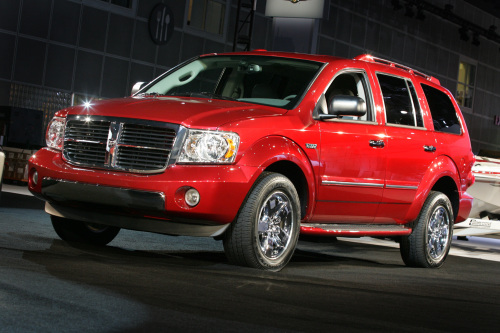








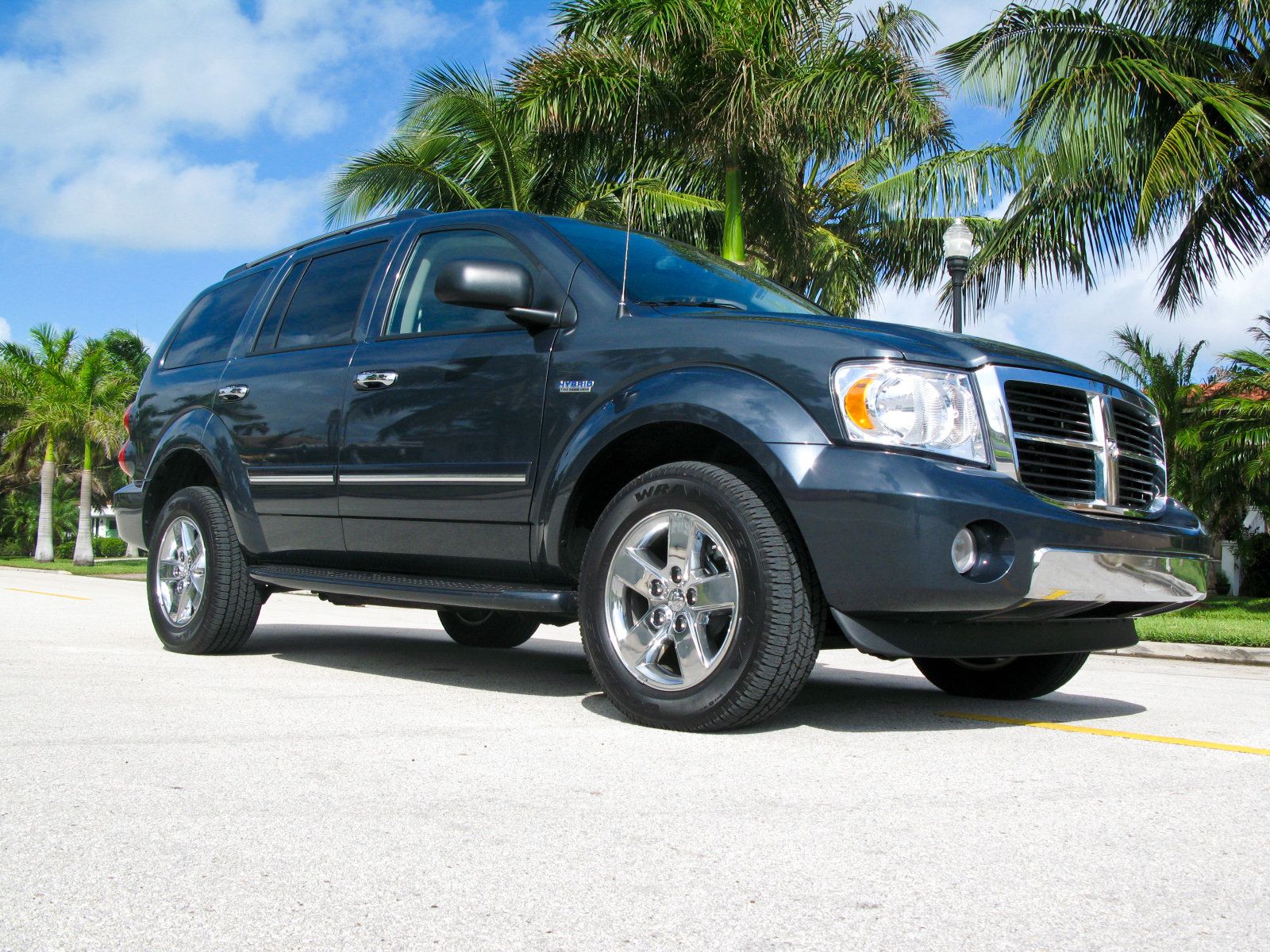


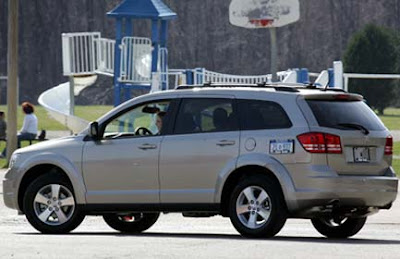




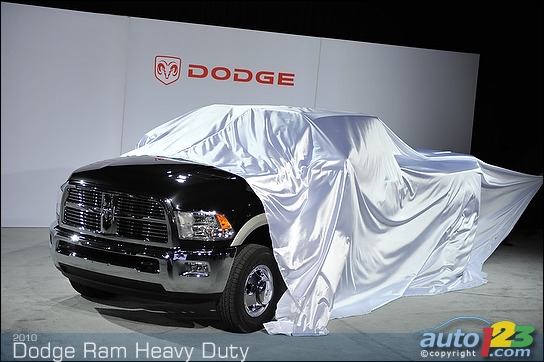







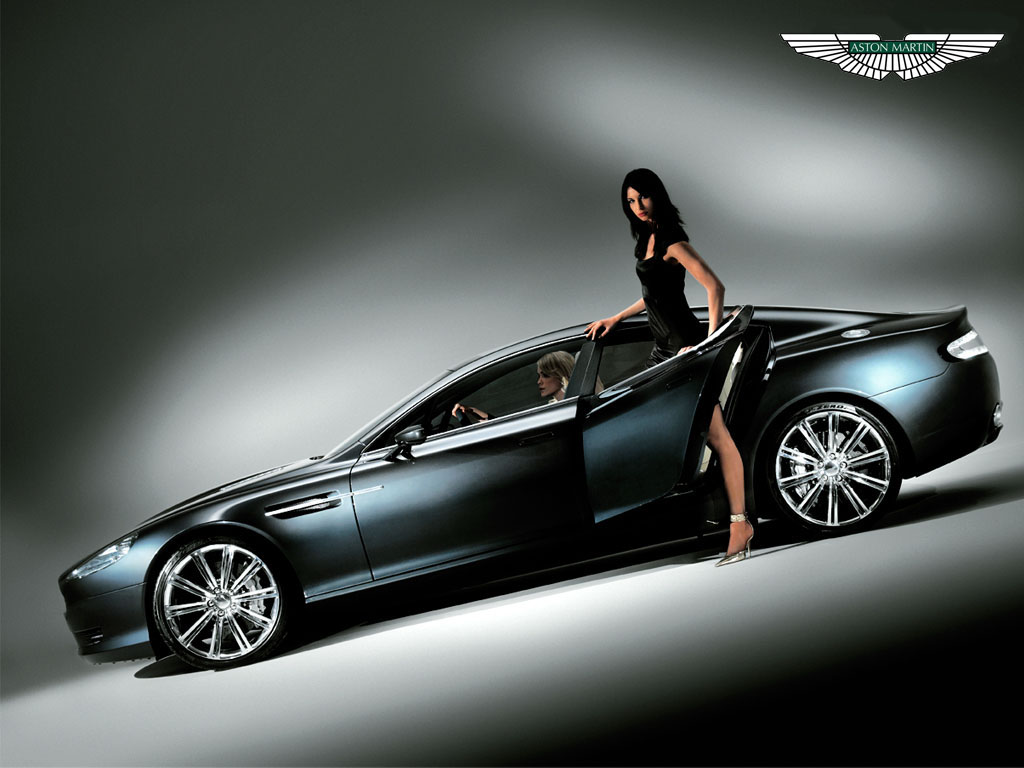


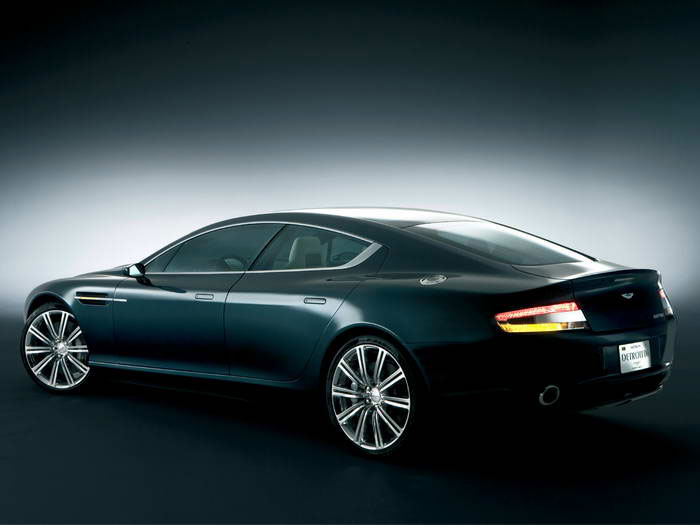
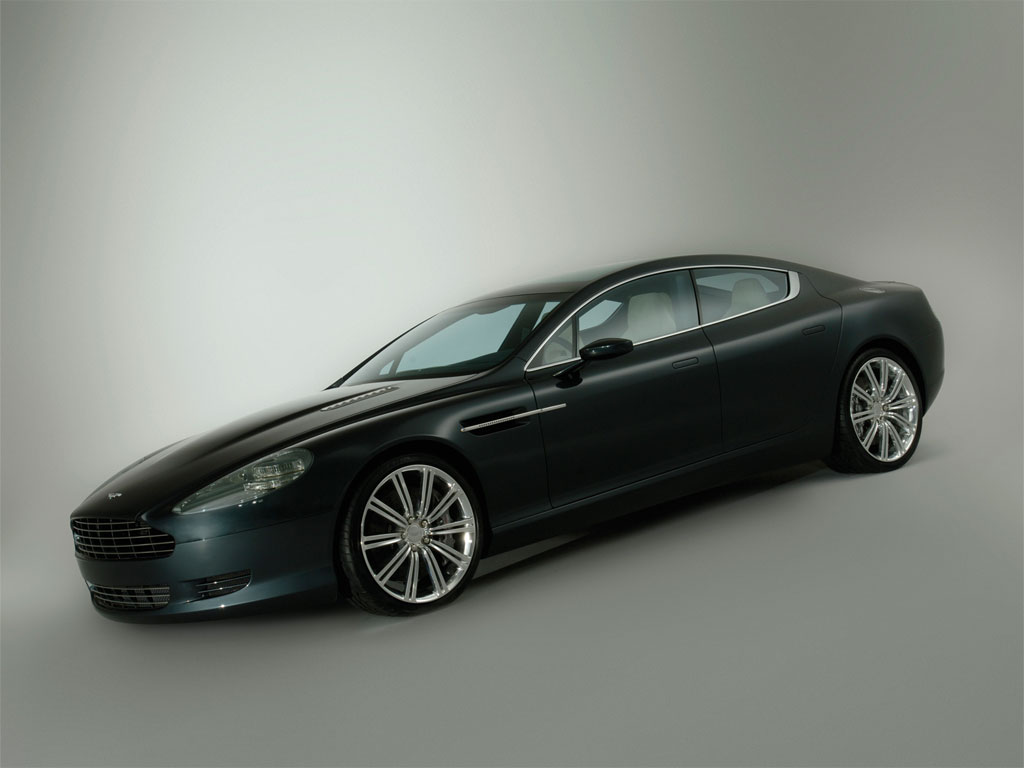

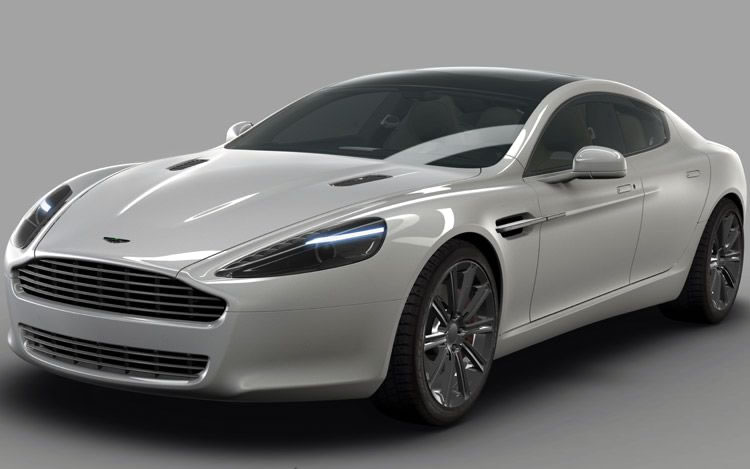
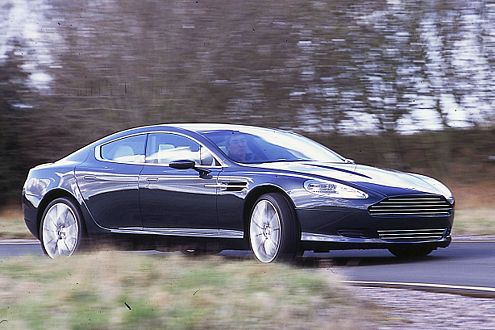















.jpg)

